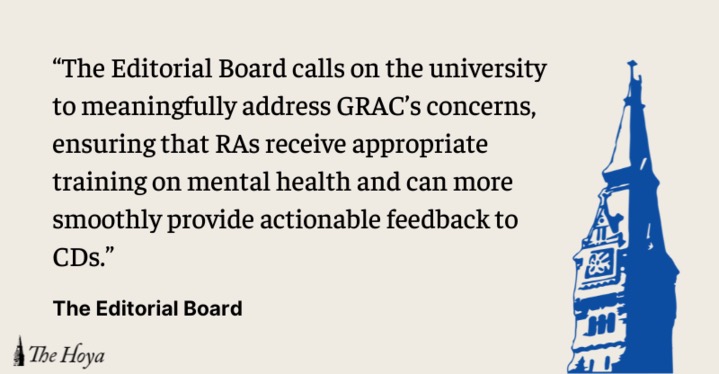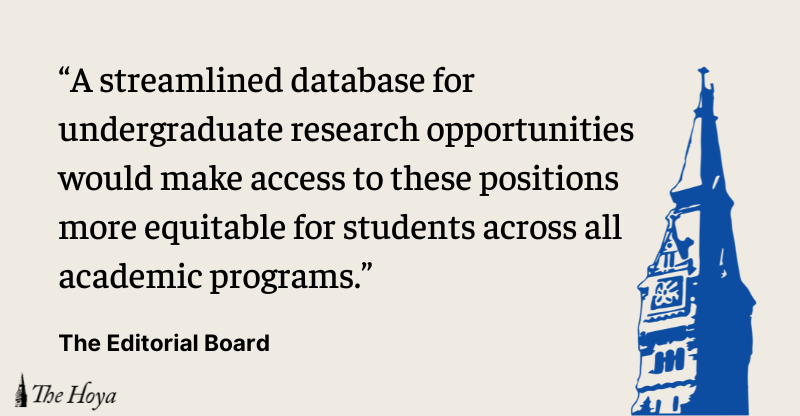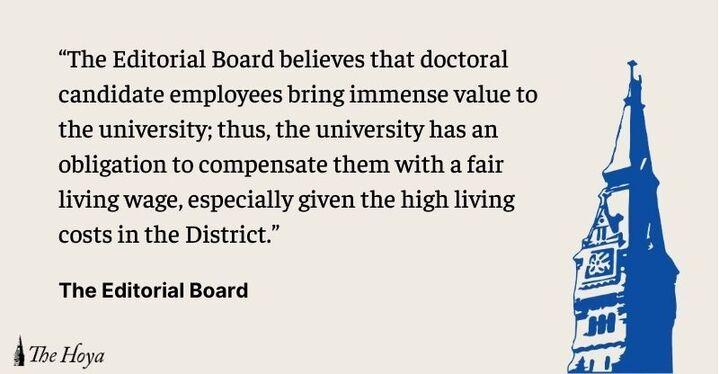Last week, we were thrilled when students took the final step in the year-long process of Student Activities Fee Endowment reform by voting in favor of all three proposals.
Georgetown University Student Association President Mike Meaney (SFS ’12) and Vice President Greg Laverriere (COL ’12) should be applauded, along with the GUSA senate, for encouraging openness and transparency throughout the year. This progress suggests GUSA is ready to take on an expanded role in campus affairs. By increasing voter thresholds for elections and referendum, GUSA can boost its legitimacy in the eyes of both students and administrators, making the case for its inclusion in an even greater range of university decisions.
SAFE reform, which culminated in last week’s referendum, was conducted with admirable professionalism. GUSA held multiple town halls, solicited proposals and whittled them down to three viable options. It is the first time in years that students have had official control over a sizable chunk of university funding.
Just as impressive is the relatively high voter turnout GUSA managed to generate: over 2,500 students voted on each issue, exceeding the 2,000-vote threshold imposed for the referendum. In fact, the vote totals are comparable to the number cast in the student body presidential elections of recent years, which have also experienced growth in turnout.
But this year’s success implies that GUSA can progress further. With a significant portion of the undergraduate body now taking part in student body-wide referenda and elections, it might be time to reconsider threshold levels. This year, after the 2,000-vote minimum was reached, a proposal needed a simple majority to pass. In theory, any one of the proposals could have passed with 1,001 “yes” votes, which would represent the support of less than one-seventh of the undergraduate student body.
There is no doubt that last week’s student body vote was valid. More than 85 percent of the votes cast for each proposal were positive, and none of the proposals had more than 350 detractors. But with a precedent of high student turnout now firmly established, it would make sense to give any future referendum even more legitimacy by establishing a “yes” vote threshold rather than a total vote threshold.
We are suggesting a system by which a certain number of votes in favor would be required, perhaps around 1,500, for a referendum to pass. This system would only add to GUSA’s legitimacy, and its recommendation shouldn’t be taken as a criticism of the organization but as a compliment to the work done so far. We believe that GUSA has reached a point where it functions well enough to take on larger university issues that could improve student life even more.
Despite some of the criticisms that GUSA has received over the past few years, there is no denying the success it has attained with this latest SAFE referendum. We are proud to have seen our student body leadership come such a long way, and we look forward to seeing the benefits of the passed proposals. But most importantly, we hope GUSA will be able to sustain and build upon established levels of participation and dialogue with voters in years to come.












